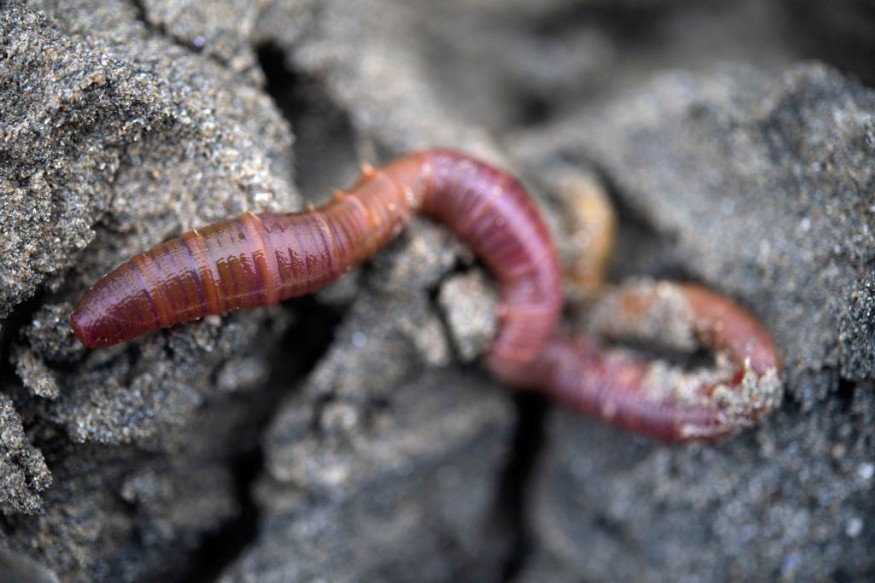An armored worm called "Wufengella" dating back 518 million years ago was unearthed in China.
This is according to a new study led by an international team of scientists, including those from the University of Bristol, University of Oxford, and the Natural History Museum.
The discovery was found in the worm's fossilized state, showing that it could be the ancestors of three major animal groups.
Wufengella the Armored Worm

The breakthrough discovery of the armored worm was published in the journal Current Biology on Wednesday, September 28.
The research team described the first articulated "camenellan tommotid" from the early Cambrian period, showing the early lophophorates were armored, vagile animals before becoming sessile or immobile.
The team found that Wufengella carries two dorsal rows of sclerites in a very asymmetric pattern, which are flanked by smaller, cap-shaped sclerites.
These scale-like armor reveal the morphology of this ancient species, which is believed to be an ancestor of some of the animals that we know today.
Three Major Animal Groups
Wufengella belongs to an extinct group of shelly organisms known as tommotiids or camenellans.
The ancient worm resembled three major animal groups called brachiopods a phylum that resembles bivalves like clams, phoronids (horseshoe worms), and bryozoans (moss animals).
The mystery behind the ancient worm fossil first became clear when it was observed under the microscope.
It comes with the conclusion that the fossil was often speculated about and was hoped to be seen one day, said Dr. Luke Parry, co-author of the study from the University of Oxford, as cited by Phys.org.
The fossil confirmed the paleontological prediction that invertebrate animals like lophophorates have an ancestral lineage of living creatures that were once an agile, armored worm, which brings to the attribution how they could be related to segmented worms of today.
Fossilized Worm Discovery
The discovery of the 518-million-year-old fossilized worm measuring 0.5 inch with overlapping plates on its back, which was likely an offspring between a bristle worm and chiton mollusc, according to Dr. Jakob Vinther, study co-author from the University of Bristol, as mentioned by the American Association for the Advancement of Science (AAAS).
The animal kingdom consists of over 30 major body plans labelled as phyla, wherein each phylum has a different set of features from one another.
Only few features are shared across more than one group.
This is a manifestation of the complexity and fast rate of evolution among major animal groups originating from the Cambrian Explosion around 550 million years ago, the AAAS said.
The Cambrian Explosion
The Cambrian Explosion or the Cambrian Period is a significant prehistoric event where most of the major animal groups fir appear in the fossil record, meaning it comprises the ancestors of the different animal species and groups living in present times.
Among these groups include chordates or vertebrates, known as animals with backbones, where humans belong to, according to the National Geographic.
Related Article: Fossil of Weird Cambrian-Era Predecessor of Velvet Worm Found
© 2025 NatureWorldNews.com All rights reserved. Do not reproduce without permission.





